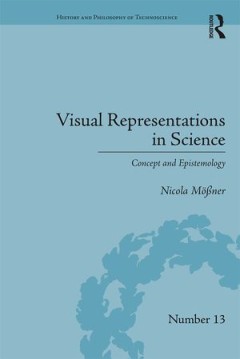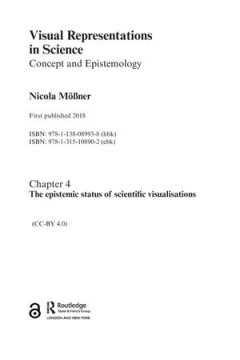Filter by

Visual Representations in Science
Visual representations (photographs, diagrams, etc.) play crucial roles in scientific processes. They help, for example, to communicate research results and hypotheses to scientific peers as well as to the lay audience. In genuine research activities they are used as evidence or as surrogates for research objects which are otherwise cognitively inaccessible. Despite their important functional r…
- Edition
- -
- ISBN/ISSN
- 9781351611459
- Collation
- -
- Series Title
- -
- Call Number
- -

Chapter 4: The epistemic status of scientific visualisations
As the considerations in the previous chapter made clear, visual representations are, without doubt, part of many epistemic processes in contemporary science. Scientists present diagrams in their publications and talks to communicate their research results. They investigate computer-generated images as substitutes for research objects. Drawings in textbooks are used to educate novices, to intro…
- Edition
- volome 13.0
- ISBN/ISSN
- 9781315108902
- Collation
- -
- Series Title
- -
- Call Number
- -
 Computer Science, Information & General Works
Computer Science, Information & General Works  Philosophy & Psychology
Philosophy & Psychology  Religion
Religion  Social Sciences
Social Sciences  Language
Language  Pure Science
Pure Science  Applied Sciences
Applied Sciences  Art & Recreation
Art & Recreation  Literature
Literature  History & Geography
History & Geography